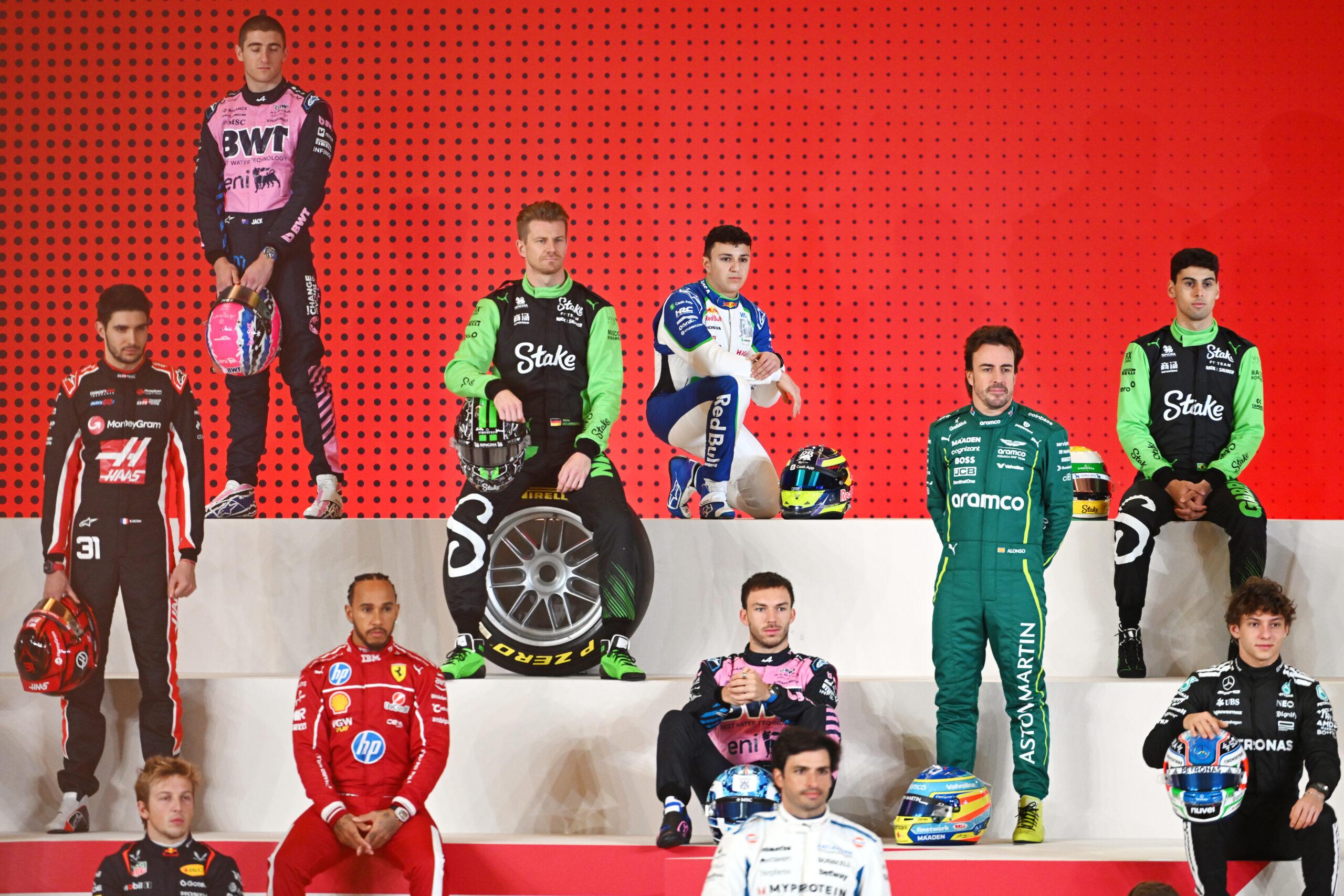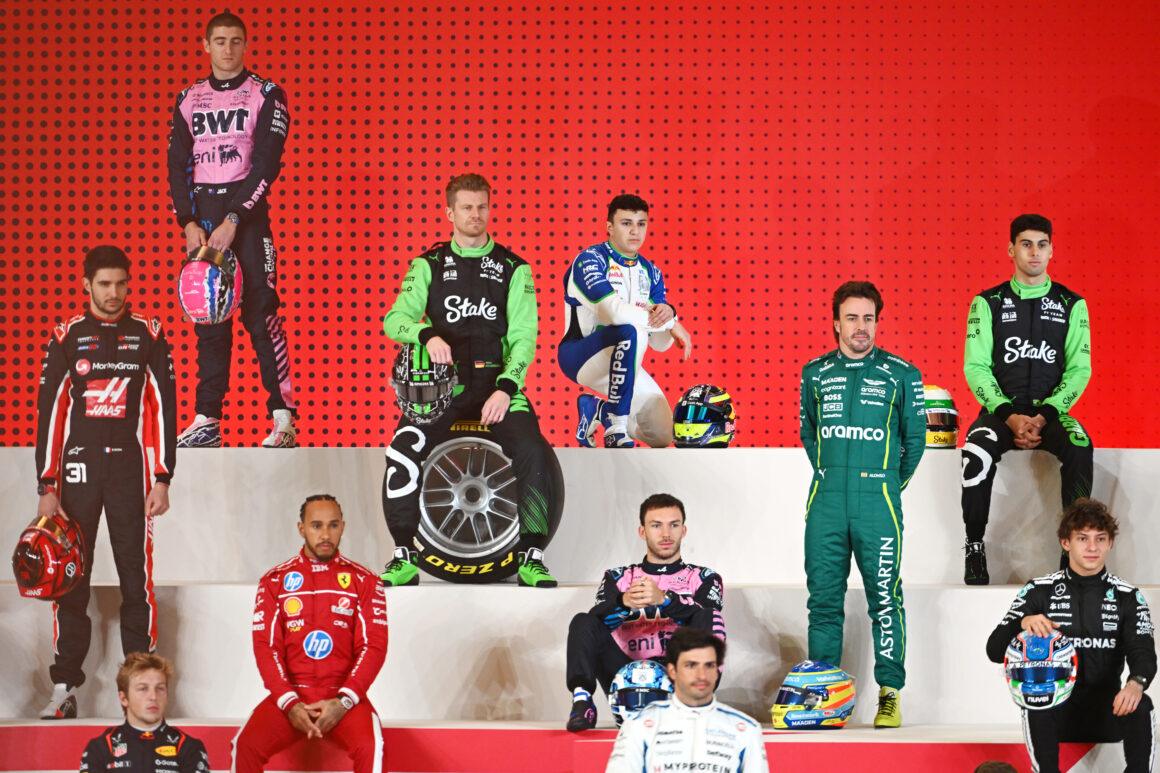Fuel economy in Formula 1 isn’t a side quest. It’s the main plot. Since hybrid power units arrived, engineers have been squeezing every joule until it begs for mercy. The result? more speed with less fuel. Welcome to modern F1, where burn rates are measured like fine espresso shots—and mistakes taste just as bitter.
Old-school fans still worship the V10 choir. Cute. Today’s cars deliver comparable lap times while drinking like they’re splitting the bill. That’s not luck. That’s thermal efficiency and ERS wizardry. Lights out and away we… oh wait, efficiency already won.
The Numbers: Fuel Limits, Flow, and Real-World Consumption
Modern F1 runs with a hard cap: 110 kg of fuel per race. That’s the ceiling. Not a suggestion. Fuel is measured by mass because density dances with temperature. Precision matters when every gram decides your race.
Consumption? On average, an F1 car hovers near ~6 mpg (about 38 L/100 km) across race conditions. Laughable for road cars. Ridiculous for a 1000 hp hybrid running flat-out. File this under: physics defied.
Fuel Flow and Why It Matters
The FIA doesn’t just cap total fuel. It clamps fuel flow rate, limiting how much fuel the engine can sip per hour. That forces teams to chase efficiency instead of just turning the wick up. No cheating—telemetry tattles.
Mess with flow? Enjoy penalties. The FIA’s compliance regime is tighter than a top team’s budget spreadsheet. Break it, and you’re collecting disappointments like they’re Pokemon cards.
From Gas Guzzlers to Hybrid Sledgehammers
Back in the day, fuel efficiency was an afterthought. Big tanks. Bigger engines. Pit stops like water breaks. The V12 and V10 eras were glorious noise with terrible economy. Strategy was “go fast, refuel, repeat.”
Then came the hybrid era in 2014. Turbocharged 1.6L V6s plus Energy Recovery Systems. Cue the revolution. Smaller engines, more power per drop. Suddenly, every lap is a math exam—fail, and your race evaporates.
ERS: The Secret Sauce
ERS splits into two geniuses. The MGU-K grabs braking energy and fires back roughly 160 hp. The MGU-H harvests exhaust heat to keep the turbo singing or charge the battery. Energy reclaimed, fuel spared. Simple in concept, savage in execution.
Pair that with clever combustion—think pre-chamber tech—and a split turbo to cool intake charge. What do you get? Thermal efficiency north of 50%. Your road car? Around 30%. Ouch.
Racecraft: Driving to a Number Without Losing the Plot
Fuel management isn’t optional. It’s the difference between podiums and press apologies. Drivers dance on the edge: push hard, then lift-and-coast before corners to save grams every lap. Smooth inputs, patient throttle, surgical decisions.
“Did Ferrari strategists forget how to count laps? Again?” Shots fired, but true. Fuel targets dictate engine modes, pit windows, tire choices, and even overtakes. The plot thickens like a midfield team’s excuse list.
Factors That Swing Fuel Burn
- Track layout: Long straights save; stop-go torture burns.
- Weather: Heat thickens the struggle; wind plays favorites.
- Car weight: Heavy at lights out, nimble at the flag.
- Driving style: Aggression costs; finesse pays.
The rain? It shows up like that friend who always causes drama at parties. Safety cars slash burn, strategies flip, and suddenly the miser wins big.
2026: The New Fuel Age
Circle the calendar. Starting 2026, F1 switches to 100% sustainable fuel developed with serious science. Carbon from waste, air, and non-food sources. Fossils? Benched. This isn’t greenwashing; it’s engineering with receipts.
Engine regs change too. Bye, MGU-H. Hello, more powerful MGU-K output and a rebalanced ICE. Expect fresh packaging, less weight, and active aero to keep drag honest. Somewhere, a PR manager just had a minor stroke trying to explain it all.
Tech That’s Coming for Your Lap Times
Expect smarter batteries, better ERS capture, and lighter materials exploiting every gram. AI-driven fuel models will optimize in real time. Think pit walls going from clever to clairvoyant. Strategy as a weapon, dialed to eleven.
Synthetic fuels? The headline act. Carbon-neutral and performance-ready. F1 wants to prove you can keep speed and ditch guilt. The competition? Reduced to expensive spectators.
Regulations, Enforcement, and the Cost of Getting Cute
The FIA monitors fuel flow and composition like hawks. Sensors watch everything, and post-race checks dig deeper. Non-compliance equals fines, DSQs, or points nuked. Teams know the line—step over, say goodbye to trophies.
Approved fuel blends are mandatory. E10 is the current normal, with more sustainable fractions climbing each year. By 2030, the sport wants net-zero. Ambitious? Absolutely. Necessary? Also yes.
Efficiency Hall of Fame: What Actually Wins Races
Forget slogans. Here’s what works. Smart fuel maps. Relentless energy recovery. Aero that doesn’t tax the engine. Drivers who can manage pace without looking like they’re backing off. That’s the real craft.
Classic Alonso late-braking—the move that’s sent more drivers wide than a bad GPS—still works. But do it with fuel targets in mind or enjoy a lonely cool-down lap at 60% power.
Key Efficiency Takeaways
- 110 kg max fuel defines race strategy, not just engine spec.
- ~6 mpg at race pace with near-1000 hp is absurdly efficient.
- ERS + turbo push thermal efficiency beyond 50%.
- Lift-and-coast can win you a podium without winning fans’ hearts.
Think you can ignore fuel and just “send it”? Another masterclass in how NOT to win.
Sustainability Isn’t Optional—It’s the Rulebook
F1’s shifting to sustainable fuels, cleaner logistics, and better materials. The sport aims for net-zero by 2030. That’s not PR fluff; it’s redesigning the machine room. Sustainable fuels are the tip of the spear.
The long game? Make racing the test bench for real-world solutions. If it works at 200 mph, it works on the highway. Motorsport leading the car industry—just like it should.
Historical Callback: Then vs Now
Early F1: giant tanks, V12 howlers, efficiency treated like a joke. Spectacle? Yes. Science? Not much. Somewhere, a fuel tanker still has PTSD. File this era under: excess.
Today: smarter, leaner, faster. Channeling 2016 Mercedes, except nobody asked for that sequel—because this one’s cleaner and meaner. And yes, it’s still brutal to watch.
Bottom Line: Efficiency Wins Championships
You can’t brute-force modern F1. The engines are capped, the flow is policed, and the fuel is finite. The winners master energy balance. The losers complain on the radio. Lights out and away we… oh wait, the engineers already won.
In the end, fuel economy isn’t just an engineering metric. It’s the scoreboard. The teams who treat every gram like gold? They don’t just win. They send everyone else back to karting school.

